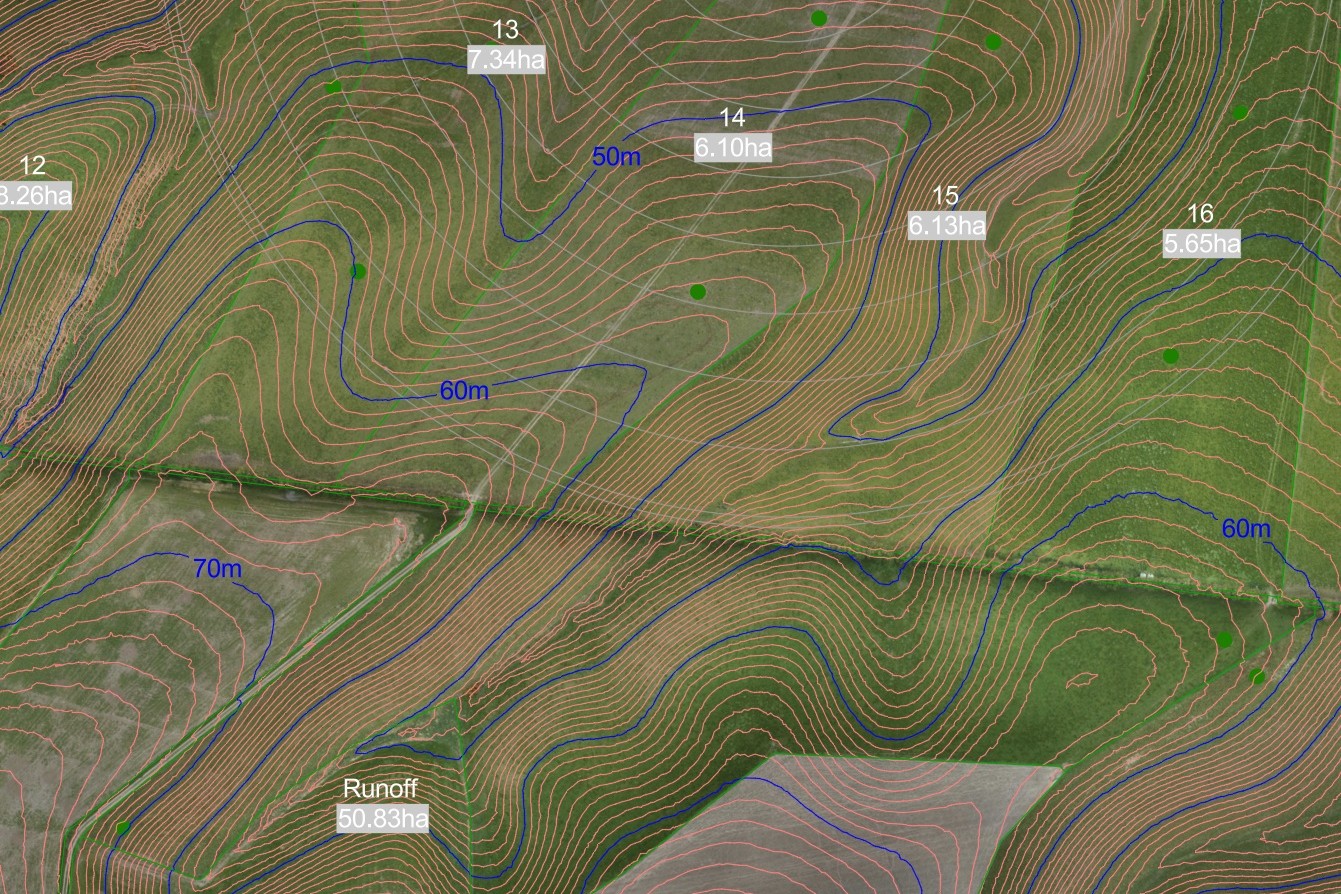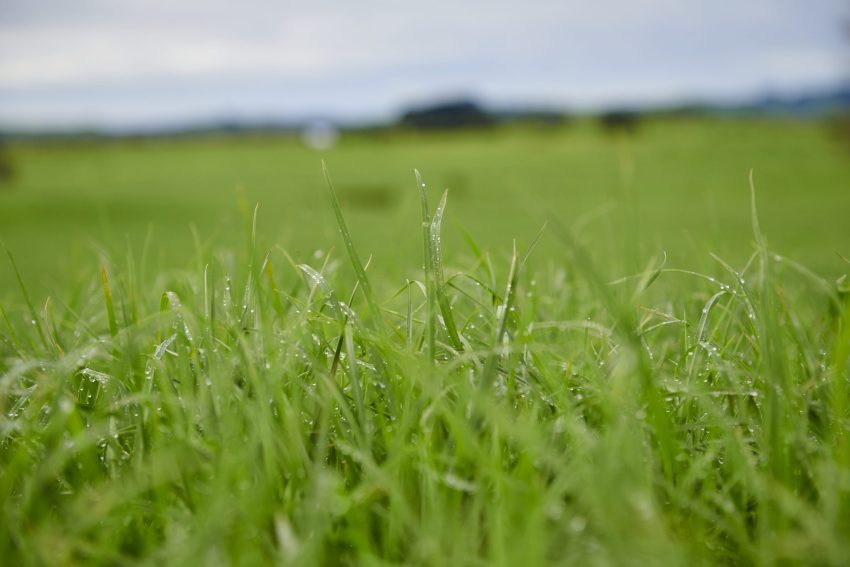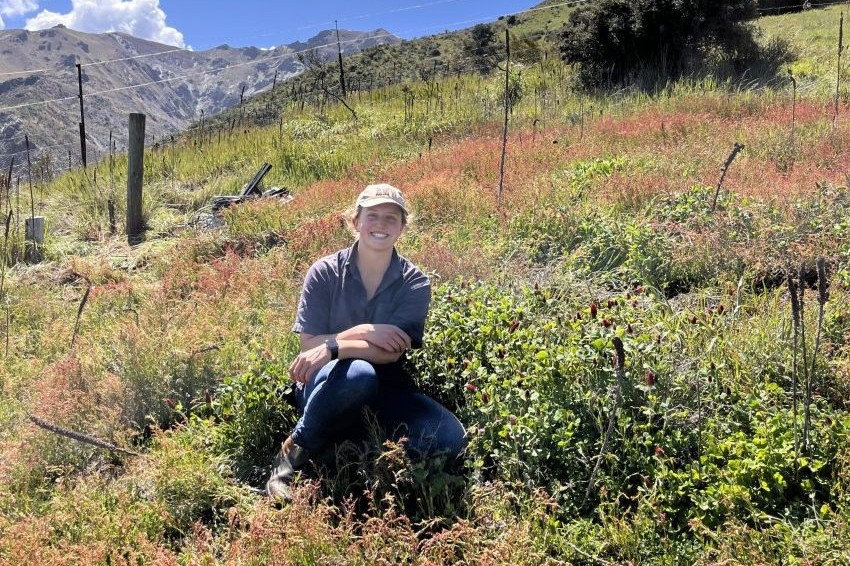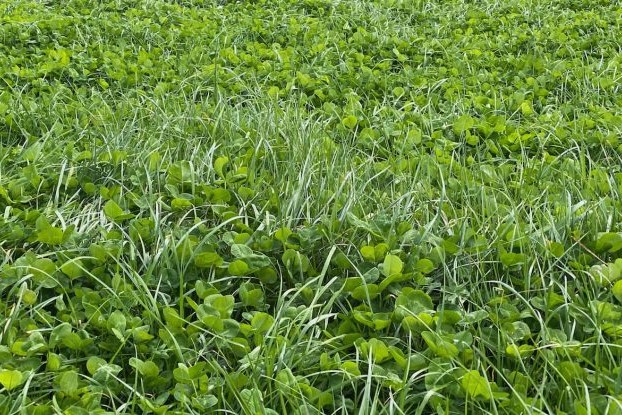Fix Pasture Damage From Pugging With Direct Drilling
After a wet winter September is the only window of opportunity you have to fix damage from pugging to avoid an explosion of weeds and a major drop in pasture production. Words Sarah Perriam-Lampp.
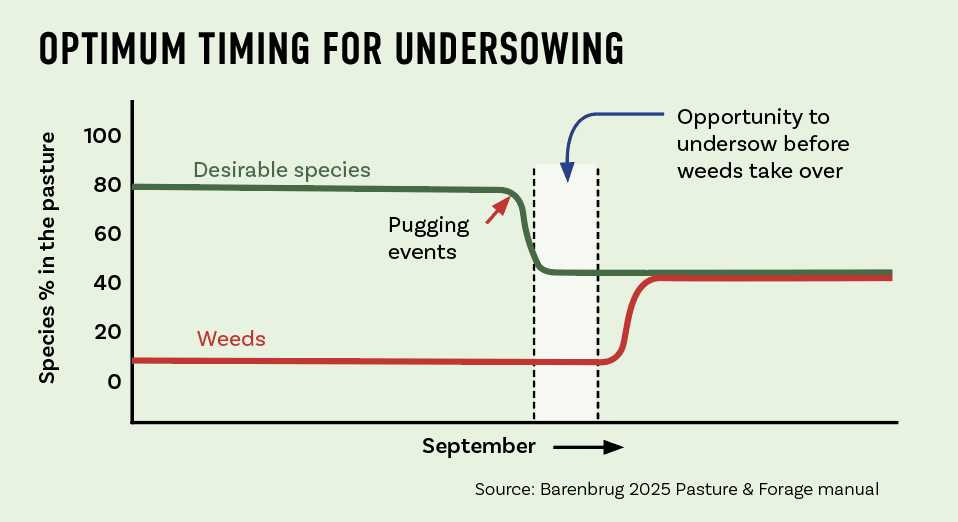
Many of New Zealand farmers are facing the woes of a wet winter. The significant challenges of extensive pugging and treading damage are widespread. Barenbrug Pasture Specialist Graham Kerr
warns that without swift action, farmers could see substantial pasture productivity losses as well as an explosion of weeds.
“We’re seeing more mud than we’ve seen for a long time around paddocks,” Graham explains. “The damage isn’t just cosmetic – it’s potentially devastating for pasture productivity.” He says it’s not just pugged winter crop paddocks but the sacrificial grass paddocks that farmers try their best to move cattle onto.
The follow-on effect of compacted soils is the weed invasion of dock, ragwort and thistles and others in the damaged areas. Weeds normally always take off, he says, where compaction is its worst on the headlands, around troughs, laneways and gateways where more pugging damage occurs.
Graham highlights that the first rule of pasture agronomy is that grass controls weeds. “If you have a good, dense pasture, you don’t have weeds. Previous Massey University research suggests
cattle-damaged pastures can lose 30–40% of productivity in the following 12 months with decreased yields but also the decrease in palatability.
The window of opportunity – September
Timing is crucial to act by direct drilling during a specific window, primarily September for summer-dry regions when the soil temperatures are above 8°C, or as late as mid-October in irrigated or wet regions like Canterbury and the West Coast.
Graham says the best thing farmers should focus on is direct-drill just the damaged areas with a quality seed mix.
“Go around with a highlighter pen, mark damaged areas on your farm map, and direct-drill those specific zones at 10–15kg/ha for thin pasture and 15–20kg/ha for severely damaged areas.”
Undersowing with an Italian ryegrass (e.g. Tabu+) can fully renovate the paddock within 6–12 months. Shogun hybrid ryegrass will provide 2–3 years’ production and Forge will give 3–5 years. It’s also an opportunity to boost clover in the mix if needed.
“It’s a race between doing something about it in September or letting weeds take over,” Graham warns. “The good farmers will already have contractors organised and be poised waiting for the right weather window.”
By taking proactive steps during this critical period, he says farmers can minimise pasture production losses and maintain healthy, weed-resistant pastures with this strategic renewal management tool.

